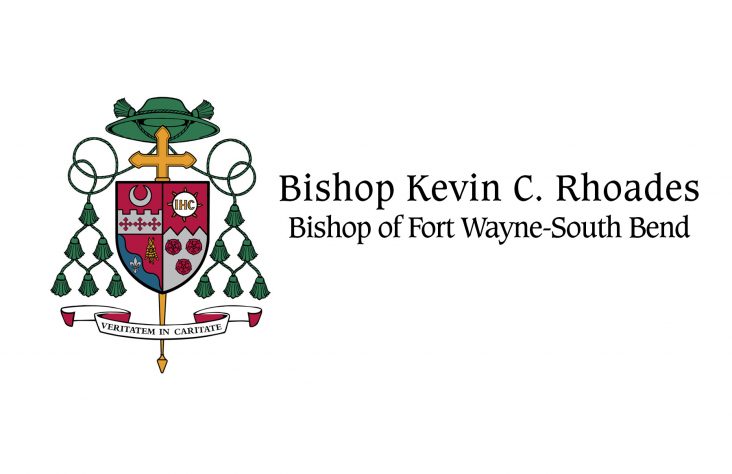March 2, 2011 // Local
The new translation of the Holy Mass:
The Communion Rite
By Brian MacMichael
This week, we review the Communion Rite as it appears in the new Roman Missal. Following the people’s “Amen” at the end of the Eucharistic Prayer, we begin the Communion Rite with the recitation or singing of the Our Father.
Most will be pleased to hear that the text of the Lord’s Prayer itself (as well as our familiar English chant setting) will remain unchanged. Not only is the prayer a sufficient translation of the Latin “Pater noster,” but the devotional language of the Our Father (complete with phrases like “Who art in heaven” and “hallowed be Thy name”) has also become a deeply ingrained and rich part of our vernacular prayer. Every English-speaking Christian knows this prayer, and it is used a great deal outside of the Holy Mass.
However, the priest’s words before, during, and after the Our Father will feature some changes. For instance, the current translation offers three options for the priest’s introduction to the Our Father, but the new translation will match the single Latin line in saying, “At the Savior’s command and formed by divine teaching, we dare to say …” To address our almighty, transcendent Creator as “Father” is actually an incredible thing, for it affirms a tender and personal aspect to our relationship with Him. And we do this at the direction of His Son — this is why we “dare to” use the name, “Father.”
After the sign of peace (which should always be shared in a dignified fashion, for it is Christ’s peace — not our own — that we impart here), we sing the Agnus Dei (“Lamb of God”) as the priest breaks the sacred host. The Agnus Dei text remains unchanged as well, though it is always good to recall its origin in the words of John the Baptist, as he heralds Christ’s arrival at the River Jordan: “Behold, the Lamb of God, who takes away the sin of the world.” — Jn 1:29.
That passage from the Gospel of John is also embedded in the subsequent line spoken by the priest, while he holds the host over the chalice. Here is the new text, with changes in bold:
Behold the Lamb of God,
behold him who takes away the sins of
the world.
Blessed are those called to the supper
of the Lamb.
The new translation recovers the word, “behold,” which also evokes the words of Pilate to the crowd in presenting the scourged Jesus: “Behold, the man” (“Ecce homo” — Jn 19:5). The Holy Eucharist is a re-presentation of that same sacrificial Victim, and our partaking in it is a foretaste of the heavenly wedding banquet of the Lamb. — Rev 19:9.
Then come the words we pray in response, before the distribution of Holy Communion begins:
Lord, I am not worthy
that you should enter under my roof,
but only say the word
and my soul shall be healed.
The replacement of our current, relatively terse “not worthy to receive you” with the bolded line is a significant change. The new line comes directly from the Gospels, particularly Matthew 8:8, in which the faith-filled centurion begs Jesus to heal his paralyzed servant: “Lord, I am not worthy to have you enter under my roof; only say the word and my servant will be healed.” It is therefore a Biblical text that conveys humanity’s unworthiness on account of sin, and our need for sincere humility before receiving the Holy Eucharist.
Nonetheless, speaking of “my roof” may seem strange before Holy Communion, since Christ is coming to us in the form of food — not literally entering into our houses. Certainly the clear association with Matthew Chapter 8 has a figurative intent, but it may also be helpful to recall that St. Paul says, “your body is a temple of the Holy Spirit within you.” — 1 Cor 6:19.
We are therefore to make our bodies into fitting homes for God’s grace to dwell within our souls. The Eucharist is true food that provides spiritual nourishment, which is why we will refer more specifically to “my soul” in the last line. But this sacramental strength for our souls in turn informs both our mental and physical deeds (recall the Confiteor also incorporated both types of action), such that the totality of our bodies, souls, and lives may become suitable instruments of the Lord.
For the distribution and reception of Holy Communion, the words shall all remain the same: “The Body (or “Blood”) of Christ” with a response of “Amen.”
Next week, we will complete our look at the Order of Mass.
The best news. Delivered to your inbox.
Subscribe to our mailing list today.





